Purslane, centella, amaranth... don't require much care but still grow lush and green, serving as both food and medicine.
Professor Do Tat Loi's book, "Vietnamese Medicinal Plants and Herbs," provides a wealth of interesting information about the uses of plants around us. Below are five types of wild or easily cultivated vegetables that can be used as medicine. Please note that you should consult a traditional medicine doctor before using them:
Purslane, also known as Portulaca oleracea, belongs to the Portulacaceae family and grows wild in damp places throughout Europe and Asia. It is rarely cultivated at home. The plant has a sour taste, is cooling in nature, non-toxic, and affects three meridians: heart, liver, and spleen. However, it is advised that people with weak spleen and stomach, or those with diarrhea, should not use it.
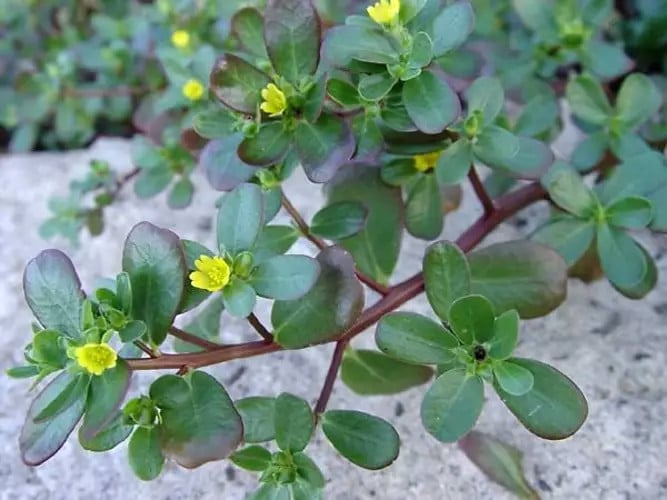
Purslane typically grows wild in damp places. (Illustrative image: Indiabiodiversity)
Purslane is rich in vitamins A, B, and C, as well as various micronutrients beneficial to health. This vegetable helps constrict blood vessels and inhibits the growth of dysentery bacteria, typhoid bacteria, and E. coli. Vietnamese people also crush purslane and apply it to boils, as a diuretic, and to expel pinworms.
Houttuynia cordata, also known as chameleon plant or fish mint, belongs to the Houttuynia cordata family. This plant prefers damp places, has heart-shaped leaves, and is often harvested and eaten with fish. It can be used fresh or dried. Houttuynia cordata has diuretic effects due to the presence of quercetin and other inorganic substances.
According to Traditional Chinese Medicine, the plant has a pungent, slightly cold, and slightly toxic taste; it has the effect of dispelling heat, reducing swelling, and is used to treat lung abscesses, hemorrhoids, and ulcers. People use Houttuynia cordata in cases of blood clots (crushing the leaves, pressing them onto paper and applying them as a poultice) or hemorrhoids (boiling the leaves to drink, or using the steam from the decoction for steaming and washing). In addition, Houttuynia cordata also has the effect of promoting urination, treating boils, and irregular menstruation.
Amaranth contains many nutrients, such as vitamins C, B1, B2, vitamin PP, carotene, ethylcholesterol compounds, dehydrocholesterol, etc. The leaves and young stems of amaranth, when cooked in soup, have anti-inflammatory and detoxifying effects; they treat boils and dysentery. Amaranth seeds are sweet, cooling, and have the effect of cooling the liver, clearing heat, invigorating qi, and improving eyesight. A decoction of amaranth seeds is commonly used in traditional medicine.
The bark of the red amaranth plant is used to make a decoction to treat irregular menstruation and anemia, while the leaves are used to treat aches, pains, and rheumatism. The powdered bark, or bark soaked in alcohol, is used as a tonic and to treat malaria.
Centella asiatica, also known as Gotu Kola or Centella asiatica, belongs to the Apiaceae family. It grows wild in tropical countries, including Vietnam. When fresh, the plant has a bitter, slightly unpleasant taste and can be harvested year-round. According to Traditional Chinese Medicine, Centella asiatica is neutral in nature, non-toxic, and has antipyretic, detoxifying, and diuretic properties. It is used to treat hemoptysis, dysentery, vaginal discharge, and lactation-promoting effects. It can also be combined with Eclipta prostrata to stop bleeding. Common remedies involve crushing fresh leaves and drinking the juice.
Mugwort , also known as Artemisia vulgaris, is a plant belonging to the daisy family. It grows wild in many places.
Mugwort contains essential oils, tannins, adenine, and choline. According to Traditional Chinese Medicine, it is a warm herb with a pungent taste, used to warm the blood and qi, regulate menstruation, stabilize pregnancy, treat abdominal pain due to cold, irregular menstruation, restless pregnancy, hemoptysis, and nosebleeds. In addition, mugwort is also used to treat digestive disorders, abdominal pain, vomiting, worms, and malaria. People can decoct mugwort with water, steep it in boiling water, or consume it in powder or concentrated extract form.
Source: https://giadinh.suckhoedoisong.vn/top-5-loai-rau-moc-dau-cung-tot-duoc-luong-y-dung-lam-thuoc-172241106205837663.htm








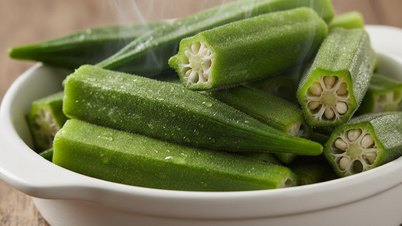

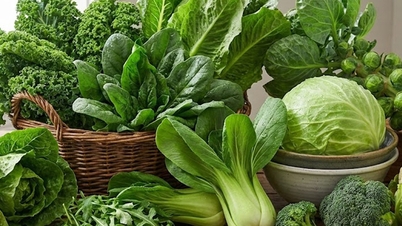
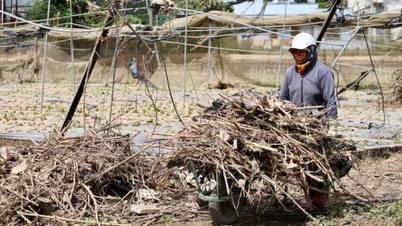



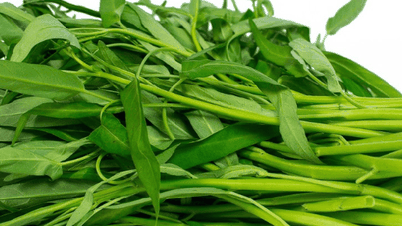
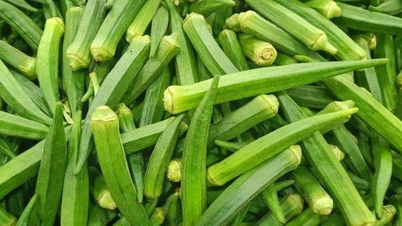


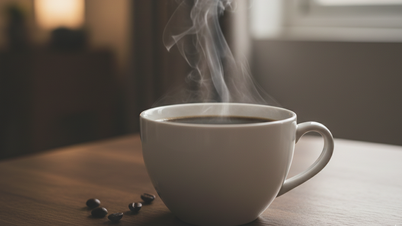



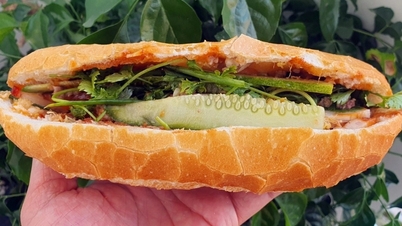

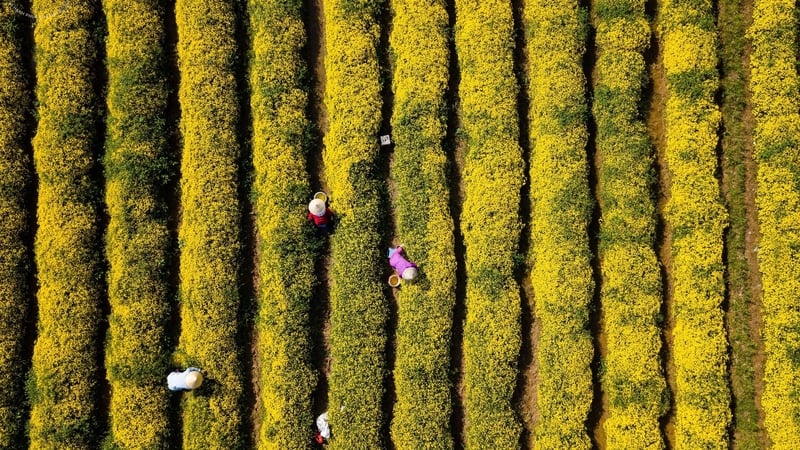




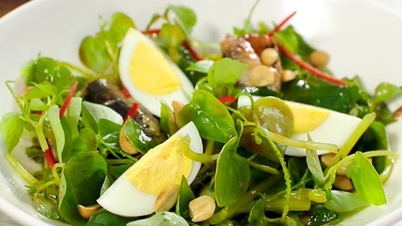
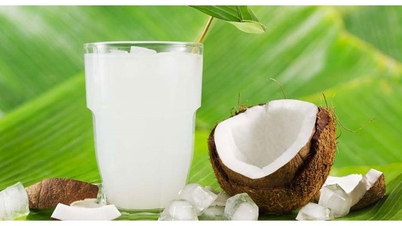

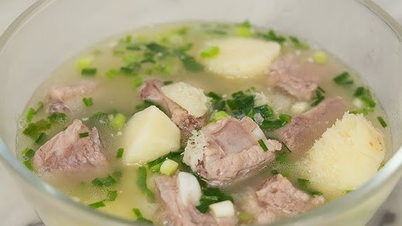
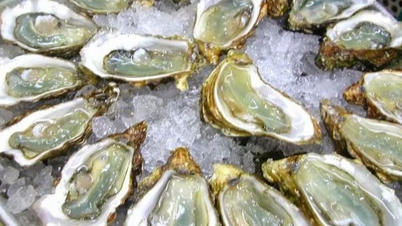




















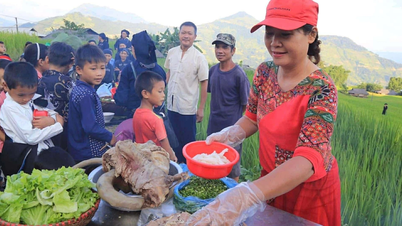
































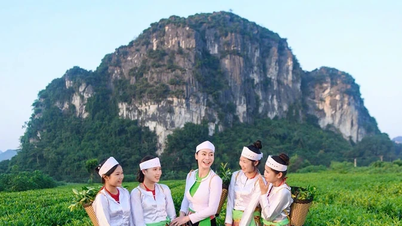

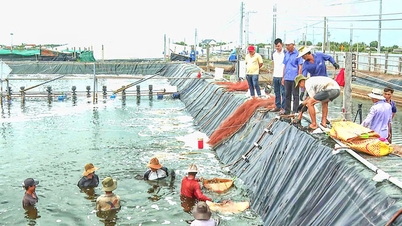
















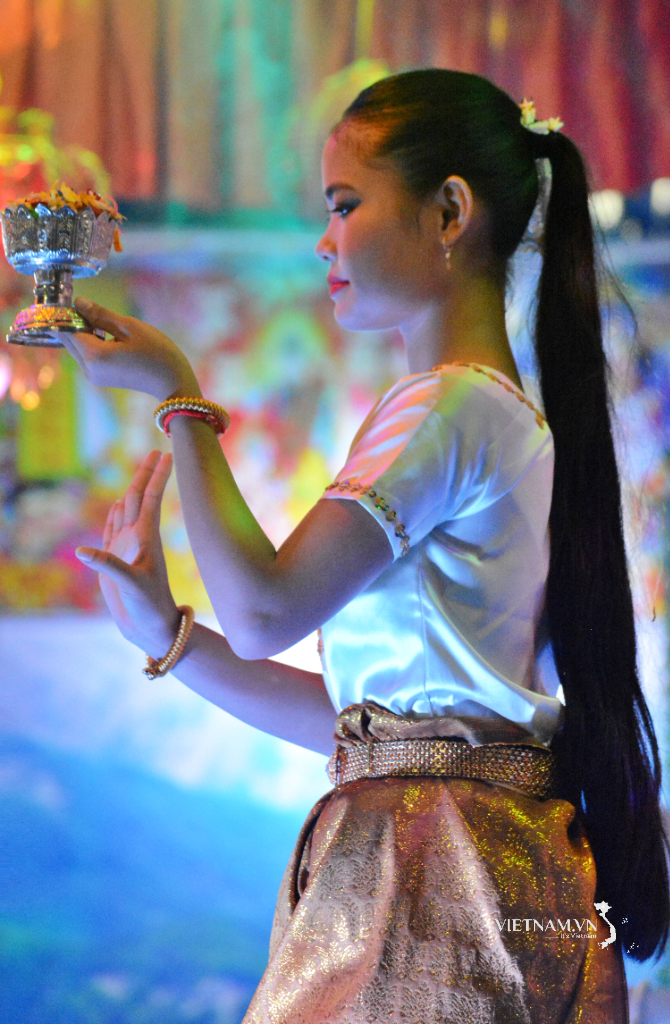
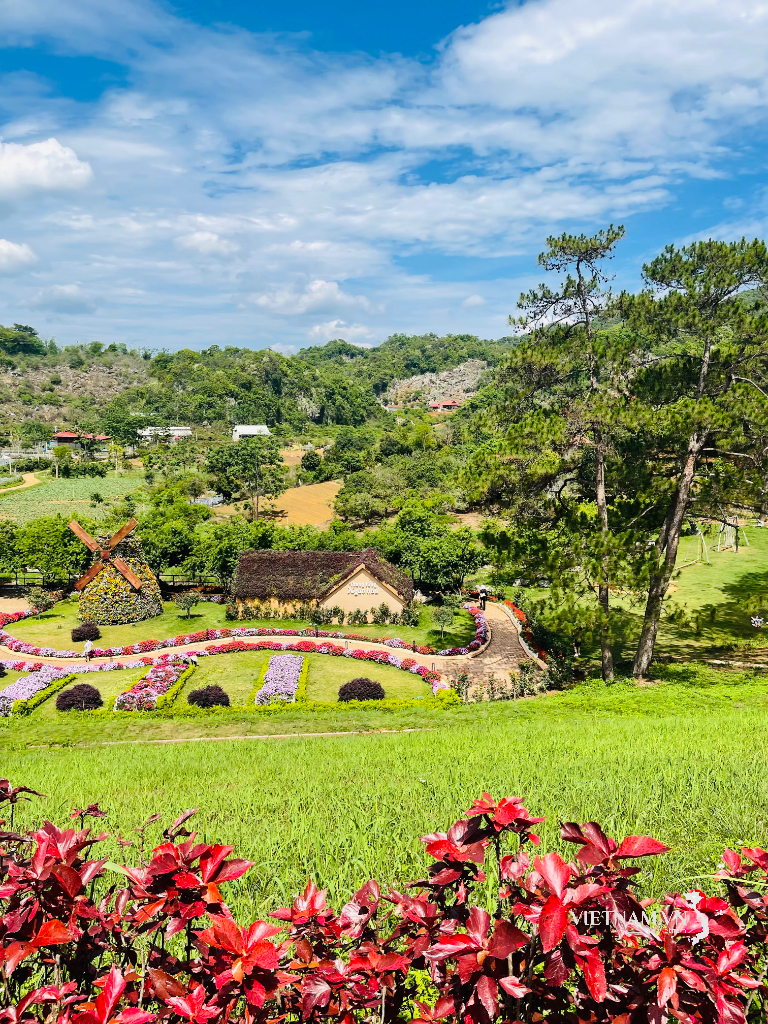
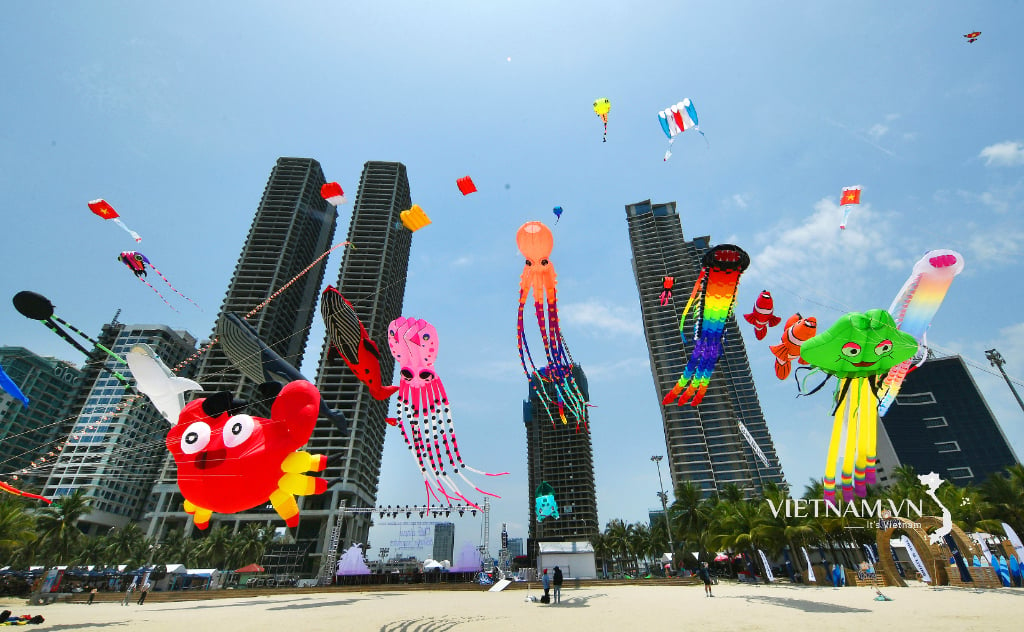

Comment (0)